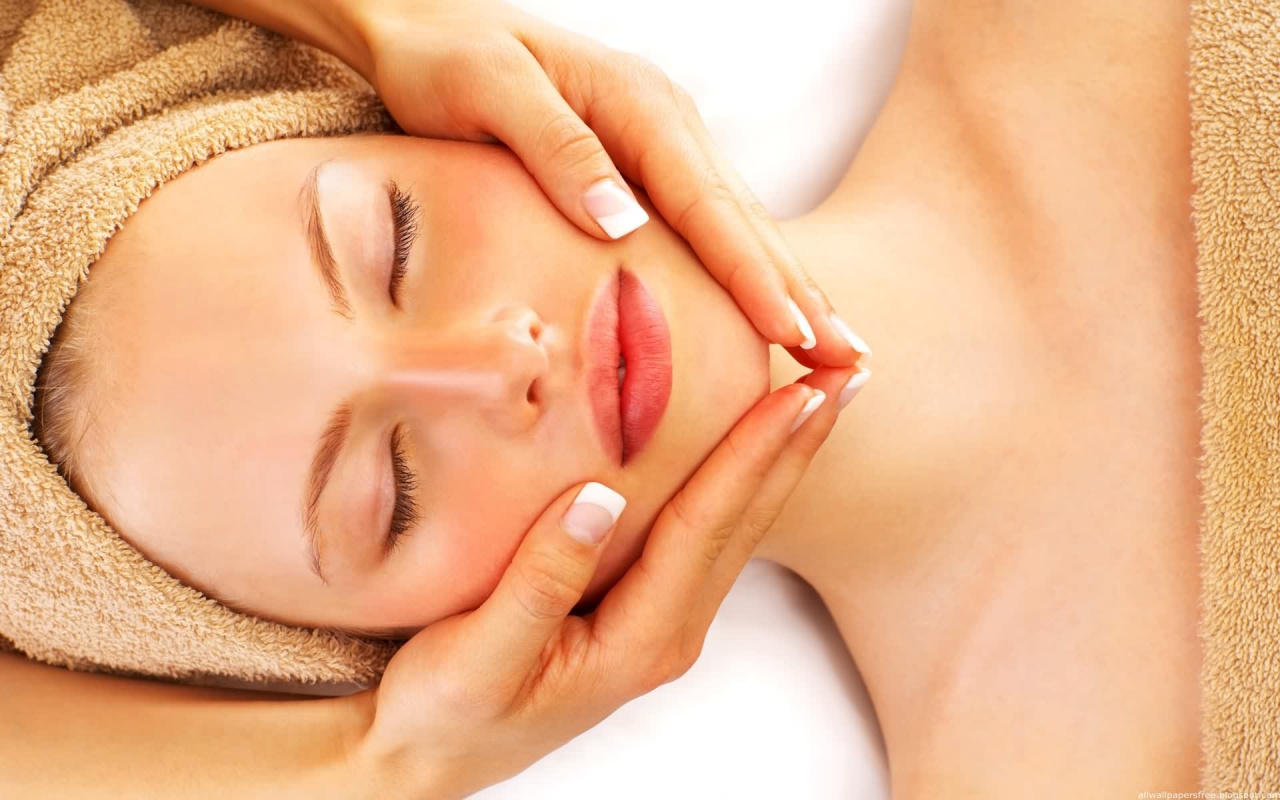Maintaining your skin’s health affects the appearance and the vitality of your face, a surefire way to keep you feeling youthful and revitalized. Whether you have dry, oily or acne prone skin, you may be the perfect candidate for a facial.

After your pores have been unclogged, your esthetician will stimulate your face by massaging your facial muscles. This will promote healthy skin growth.
A mask is typically applied after extractions. Clay-based masks are used for oilier skin types and hydrating-based masks are best for those that are drier. Some clay-based masks may contain acne fighting additives like sulfur, but even clay alone helps remove excess oil. The hydrating masks can contain beneficial antioxidants, along with humectants like aloe, beeswax, hyaluronic acid or honey.
Once the mask is removed, the skin is ready to absorb the next application. A corrective serum or moisturizer is applied to the entire face or specific area. A topical vitamin C is often used because it is needed for various healthy skin activities, especially collagen formation, but it is also a great topical antioxidant.